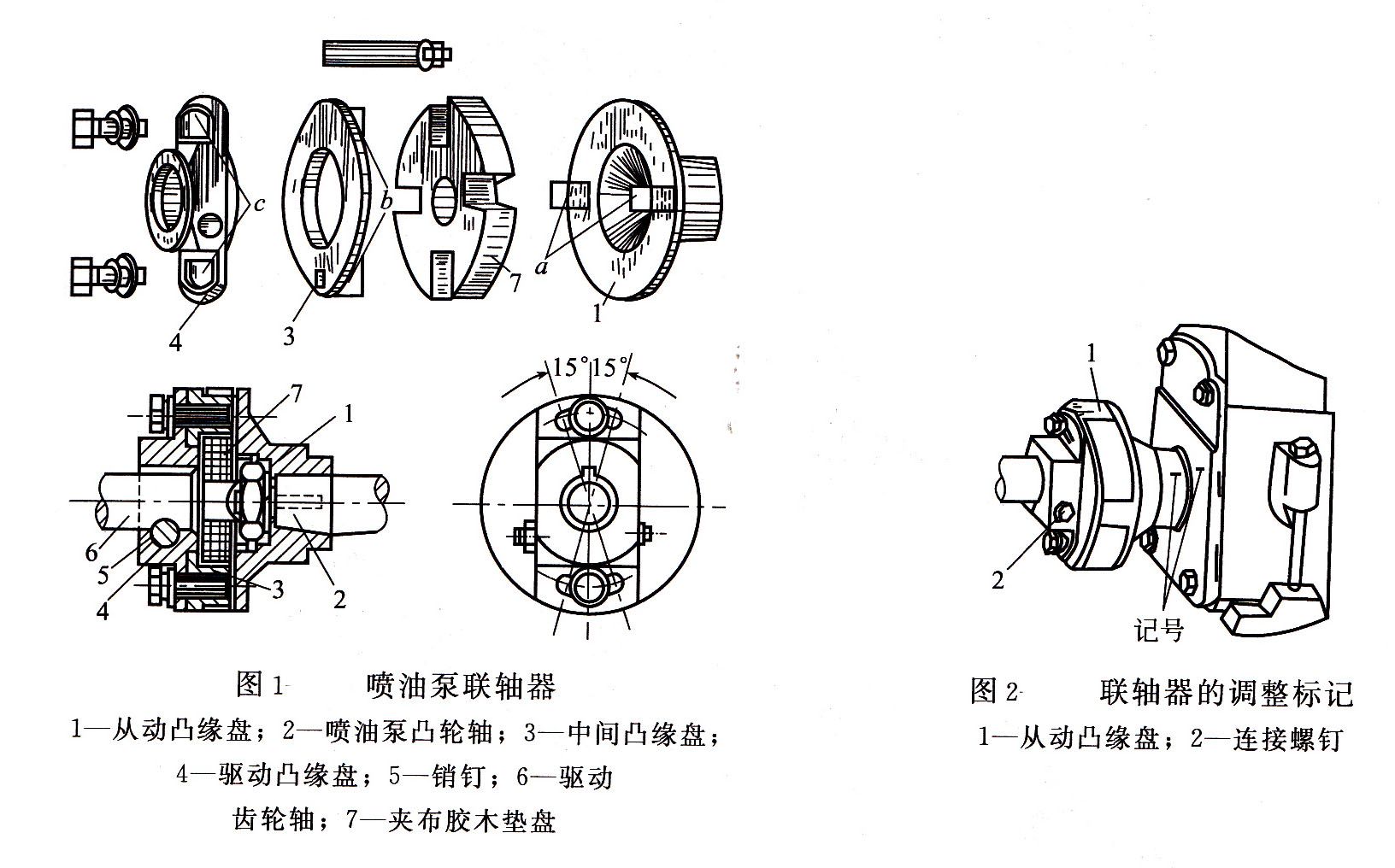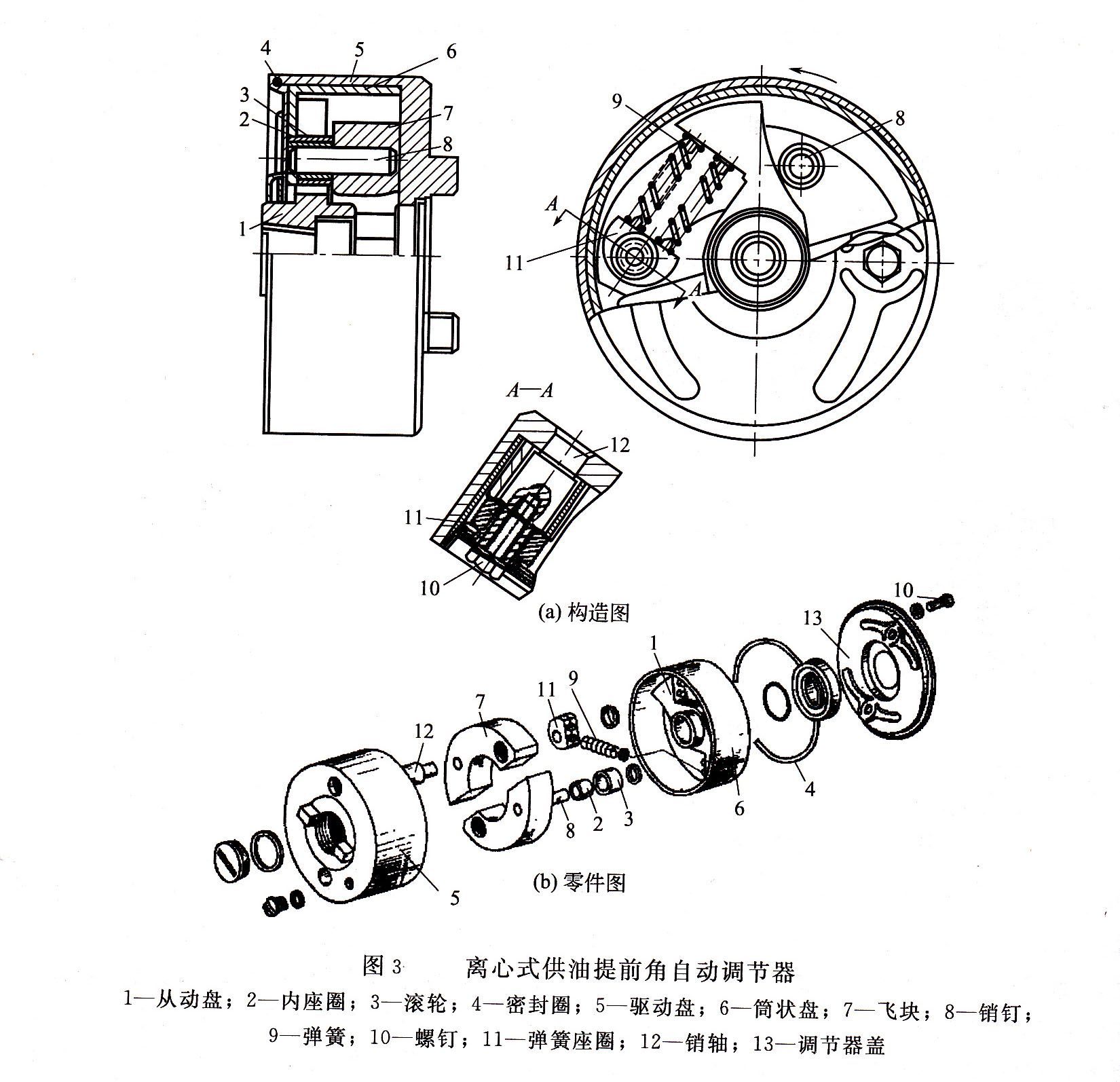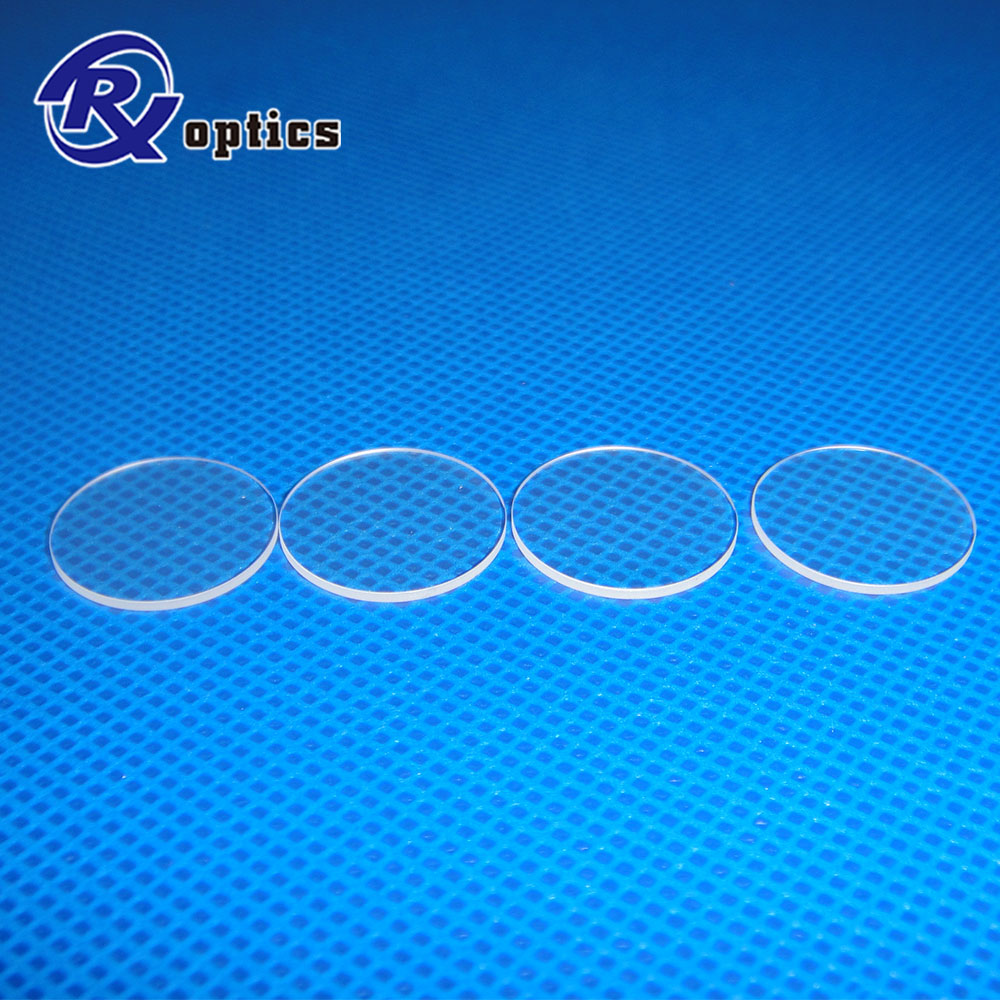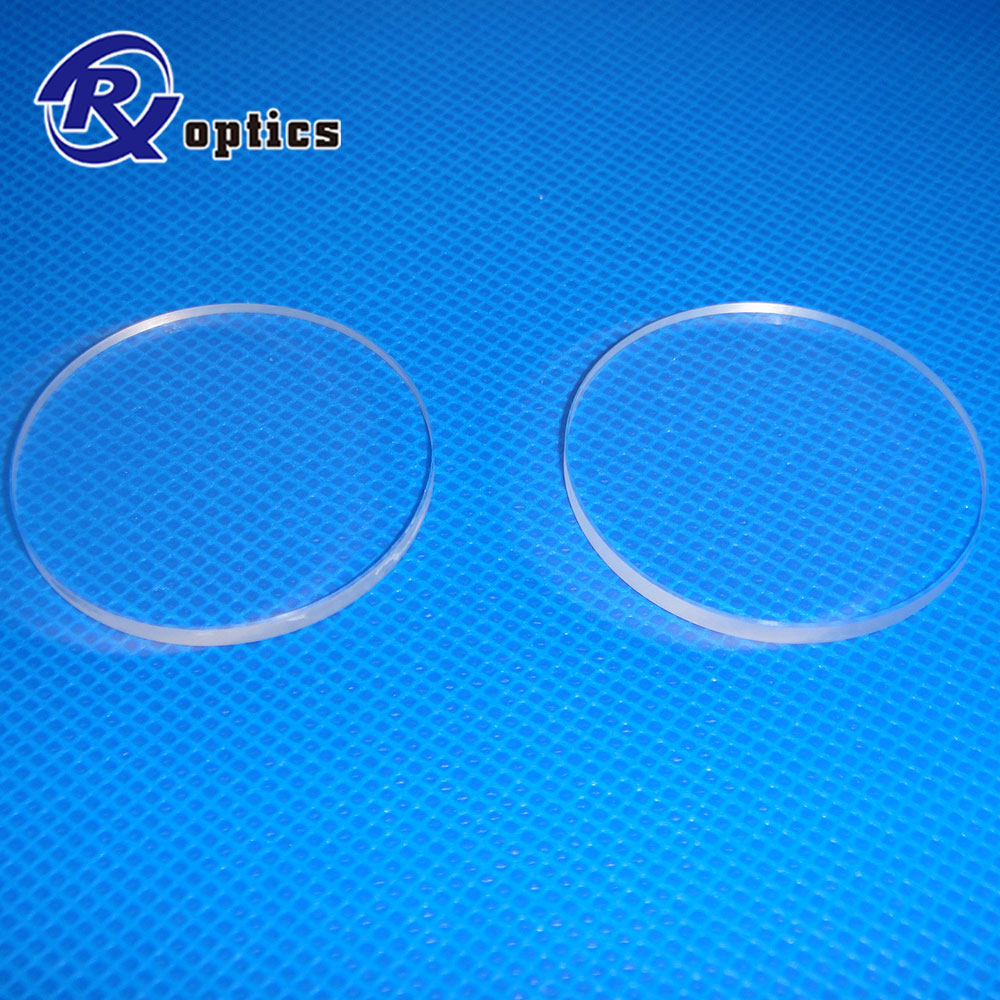The injection advance angle refers to the crank angle relative to the top dead center of the crankshaft when the diesel fuel is injected into the cylinder, and the fuel advance angle is the crank angle when the fuel injection pump begins to supply oil to the cylinder. Obviously, the fuel advance angle pin is larger than the injection advance angle. Because the fuel supply advance angle facilitates inspection and adjustment, it is used more in production units and use departments. The injection advance angle requires complicated and precise instruments to measure, and is generally applied in scientific research. In other words, the timing of the advance of the diesel generator (fuel supply time) is achieved by adjusting the fuel injection timing of the injection pump. The total fuel supply time of the integral fuel injection pump diesel generator is usually based on the fuel injection timing of the first cylinder of the fuel injection pump. The method of adjusting the fuel injection advance angle of the entire fuel injection pump is to change the relative angular position of the injection pump camshaft and the crankshaft. For this purpose, the coupling at one end of the injection pump camshaft is usually made adjustable. Figure 1 shows a coupling structure.

The coupling mainly consists of two flange plates, a flange plate mounted on the drive gear shaft and a driven flange plate mounted on an end of the camshaft of the fuel injection pump, and the flange plates are connected by screws. The drive flange mounting screw hole is a curved long hole. Loosening the set screw can change the relative angular position between the two flange plates, thus changing the fuel injection advance angle of the entire fuel injection pump.
When the fuel injection pump is removed from the diesel generator and then reinstalled, the fuel injection pump can be fixed on the fuel pump bracket on the diesel engine body, and then the crankshaft can be slowly rotated so that the piston of the first cylinder of the diesel engine can be located on the compression stroke. Before the top dead center is equivalent to the position of the specified oil feed advance angle, the camshaft of the fuel injection pump is then aligned with the corresponding mark of the fuel injection pump housing, as shown in FIG. 2 , and then the fixing screw of the coupling is again provided.
Most diesel engines pass the test at the rated speed and full load to determine the most advanced injection angle under this operating condition. Generally, the diesel engine does not change during operation. For a diesel engine with a large change in rotational speed range, in order to improve its economical efficiency and dynamic performance, it is hoped that the injection advance angle of the diesel engine can be adjusted automatically with the change of the rotational speed. In this type of diesel engine, the centrifugal fuel supply is often provided on the fuel injection pump. Advanced angle adjuster automatically.
Shown in Figure 3 is a centrifugal fuel supply advance angle regulator. The regulator is mounted between the coupling and the injection pump. The drive plate with two square bumps on the front face. Two pins are mounted on the web of the drive plate. One end of each of the two flying blocks has a round hole on the pin. The other end of the two flying blocks is pressed with two pins. Each pin is loosely covered with a roller inner race and roller. The hub of the driven plate of the regulator is connected to the camshaft of the injection pump with a half moon key. The curved sides of the two arms of the driven plate contact the roller and the other side presses against the two springs. The other end of the spring is supported on the spring seat. The spring seat is screwed to the end of the pin. The driven plate also has a cylindrical disc fixed to the outer surface of the drive plate to ensure the concentricity of the drive plate and the driven plate. The entire regulator is a closed body and the cavity is full of oil for lubrication.

When the silent diesel generator is in operation, the drive plate and the flying block are rotated by the crankshaft. The flying block rotates around the pin axis under the effect of centrifugal force, and its movable end swings outwards. At the same time, the roller forces the driven plate to rotate at an angle in the direction of the arrow until the elastic force of the spring is balanced with the centrifugal force of the flying block. Then the drive plate and the driven plate start rotating in synchronism. When the speed of the diesel engine increases, the free end of the flying block expands further outwards, and the driven plate is forced to rotate in the direction of the arrow relative to the drive plate by a certain angle, so that the advance angle of the fuel increases with the increase of the rotational speed. Conversely, the crankshaft speed is reduced, the centrifugal force of the flying block is reduced, and the driven disk is retracted by a certain angle under the action of the spring, so that the advance angle of the fuel supply is reduced accordingly. This centrifugal oil feed advance auto-regulator can ensure that the feed advance angle automatically adjusts in the range of 0 to 10 degrees when the speed changes.
Calcium fluoride is often used in spectroscopic windows and lenses due to its high transmission from 250nm to 7μm.
Calcium Fluoride (CaF2) Windows commonly used in cryogenically cooled thermal imaging systems.Calcium Fluoride (CaF2) windows for IR and UV applications. Other calcium fluoride (CaF2) components include CaF2 lenses, mirrors, prisms are available


Caf2 Window,Calcium Fluoride Windows,Caf2 Circular Windows,Caf2 Infrared Window
Changchun Ruiqi Optoelectronics Co.,Ltd , http://www.ruiqi-optics.com